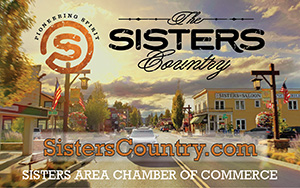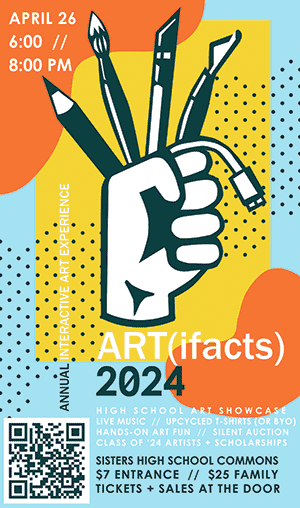Smoke and mirrors on Critical Race Theory
Last updated 7/28/2021 at Noon
Consider the facts so readily available online via many credible resources. Herein, sharing two of them. From Wikipedia (sans footnotes and links) we learn that “Critical Race Theory” (CRT) is a body of legal scholarship and an academic movement of civil-rights scholars and activists in the United States that seeks to critically examine U.S. law as it intersects with issues of race in the U.S. and to challenge mainstream American liberal approaches to racial justice. CRT examines social, cultural, and legal issues primarily as they relate to race and racism in the U.S.
CRT originated in the mid-1970s in the writings of several American legal scholars, including Derrick Bell, Alan Freeman, Kimberlé Crenshaw, Richard Delgado, Cheryl Harris, Charles R. Lawrence III, Mari Matsuda, and Patricia J. Williams. It emerged as a movement by the 1980s, reworking theories of critical legal studies (CLS) with more focus on race. CRT is grounded in critical theory and draws from thinkers such as Antonio Gramsci, Sojourner Truth, Frederick Douglass, and W. E. B. DuBois, as well as the Black Power, Chicano, and radical feminist movements from the 1960s and 1970s.
Thus, one immediately understands, CRT is not being taught or studied in grade, middle, or high school but rather in law schools. It also is not, as some would have you believe, evil.
Here is an excerpt from Britannica on the topic: In their work Critical Race Theory: An Introduction, first published in 2001, the legal scholars Richard Delgado (one of the founders of CRT) and Jean Stefancic discuss several general propositions that they claim would be accepted by many critical race theorists, despite the considerable variation of belief among members of the movement.
These “basic tenets” of CRT, according to the authors, include the following claims: 1.
Race is socially constructed, not biologically natural.
2.
Racism in the United States is normal, not aberrational: it is the common, ordinary experience of most people of color.
3.
Owing to what critical race theorists call “interest convergence” or “material determinism,” legal advances (or setbacks) for people of color tend to serve the interests of dominant white groups.
Thus, the racial hierarchy that characterizes American society may be unaffected or even reinforced by ostensible improvements in the legal status of oppressed or exploited people.
4.?Members of minority groups periodically undergo “differential racialization,” or the attribution to them of varying sets of negative stereotypes, again depending on the needs or interests of whites.
5.
According to the thesis of “intersectionality” or “anti-essentialism,” no individual can be adequately identified by membership in a single group.
An African American person, for example, may also identify as a woman, a lesbian, a feminist, a Christian, and so on.
6.
The “voice of color” thesis holds that people of color are uniquely qualified to speak on behalf of other members of their group (or groups) regarding the forms and effects of racism.
This consensus has led to the growth of the “legal storytelling” movement, which argues that the self-expressed views of victims of racism and other forms of oppression provide essential insight into the nature of the legal system.
With just these two authoritative examples, one can readily understand that the hype being promulgated across the USA about CRT is just that. It is a “look over here” effort to distract well-meaning voting parents with scary words like “critical,” “race,” and “theory,” so they won’t otherwise focus on the efforts happening across the USA to reduce nonwhites’ right to vote. Smoke and mirrors folks — don’t get caught up in it.
















Reader Comments(0)